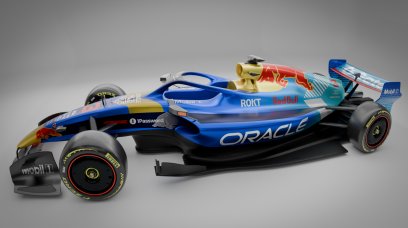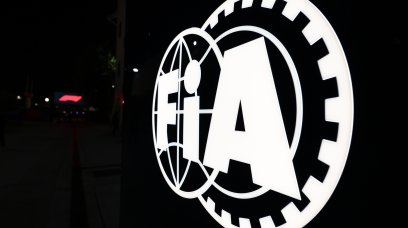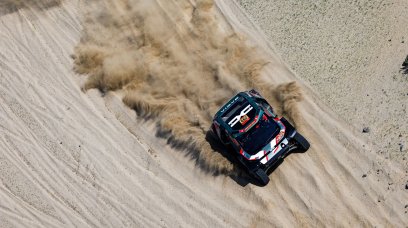The 2023 Formula 1 season will see the introduction of several changes to the technical regulations. Among other tweaks, the focus of the new regulations has mainly been on the floor, in an attempt to totally eliminate or drastically reduce porpoising. Raised floor edges The outer edge of the floor in front of the rear wheels must be raised by 15 millimetres. Alongside this change, tests have been introduced to measure the vertical bending of the edges. In 2022 a deflection of 8 millimetres downwards and 12 millimetres upwards was allowed, whereas in 2023 the maximum deflection will be limited to only five millimetres in both directions (upwards and downwards). By introducing these new limits, the FIA seeks to make it more difficult to use the lateral edges to create a physical seal with the ground. More sensors to measure vertical accelerations Since the 2022 Belgian GP, sensors have been introduced to measure the vertical accelerations of the cars. In 2023, the measurements, thanks to the increase in the number of dedicated sensors, will be even more accurate.
Raised the "throat" of the diffuser The point where the section of the diffuser narrows, where the Venturi channels flow, is referred to as the "throat". The accelerating air flow in this section produces a pressure change, increasing downforce. The FIA has decided to raise it by 10mm to reduce the sensitivity of Formula 1 to variations of dynamic ride heights (meaning when the car is in motion). Weight reduction Minimum weight drops. In 2023 it will be 796 kilograms, two less than the 798 target in 2022. Stricter tests for the roll bar and larger rear view mirrors Zhou Guanyu's accident at Silverstone prompted the tightening of main roll hoop structure tests. It shall withstand an impact of 15G and withstand the simultaneous application of a frontally and rearwardly applied load. In 2023 the surface (cross section) of the mirrors will be increased by 50% to enhance rear visibility. Stricter guidelines for the front wing assembly Last year Mercedes caused a stir with the introduction of a front wing characterised by a particular shaped connection between endplates and flaps, furthermore, a version of the wing featuring profile shaped flap separators. The FIA in 2023 will not allow such "extreme" designs.
Most read







